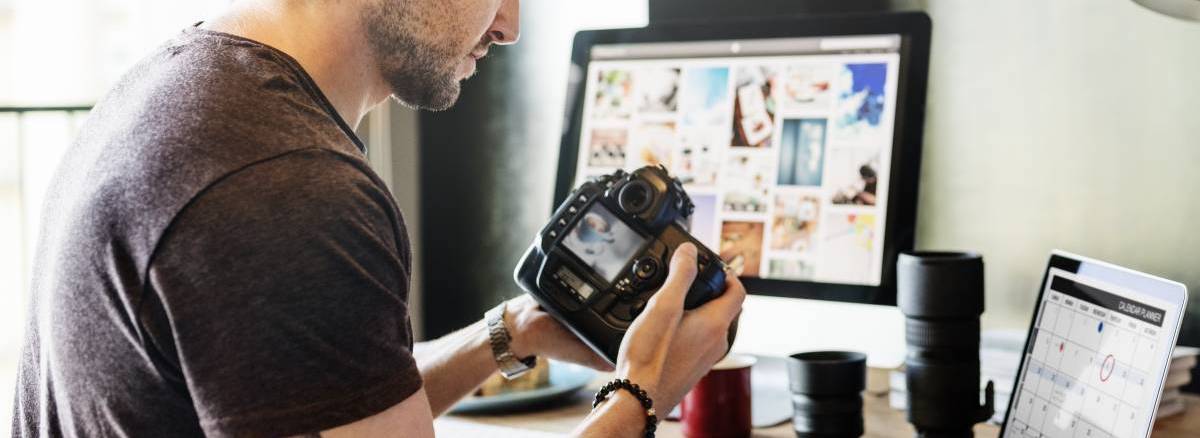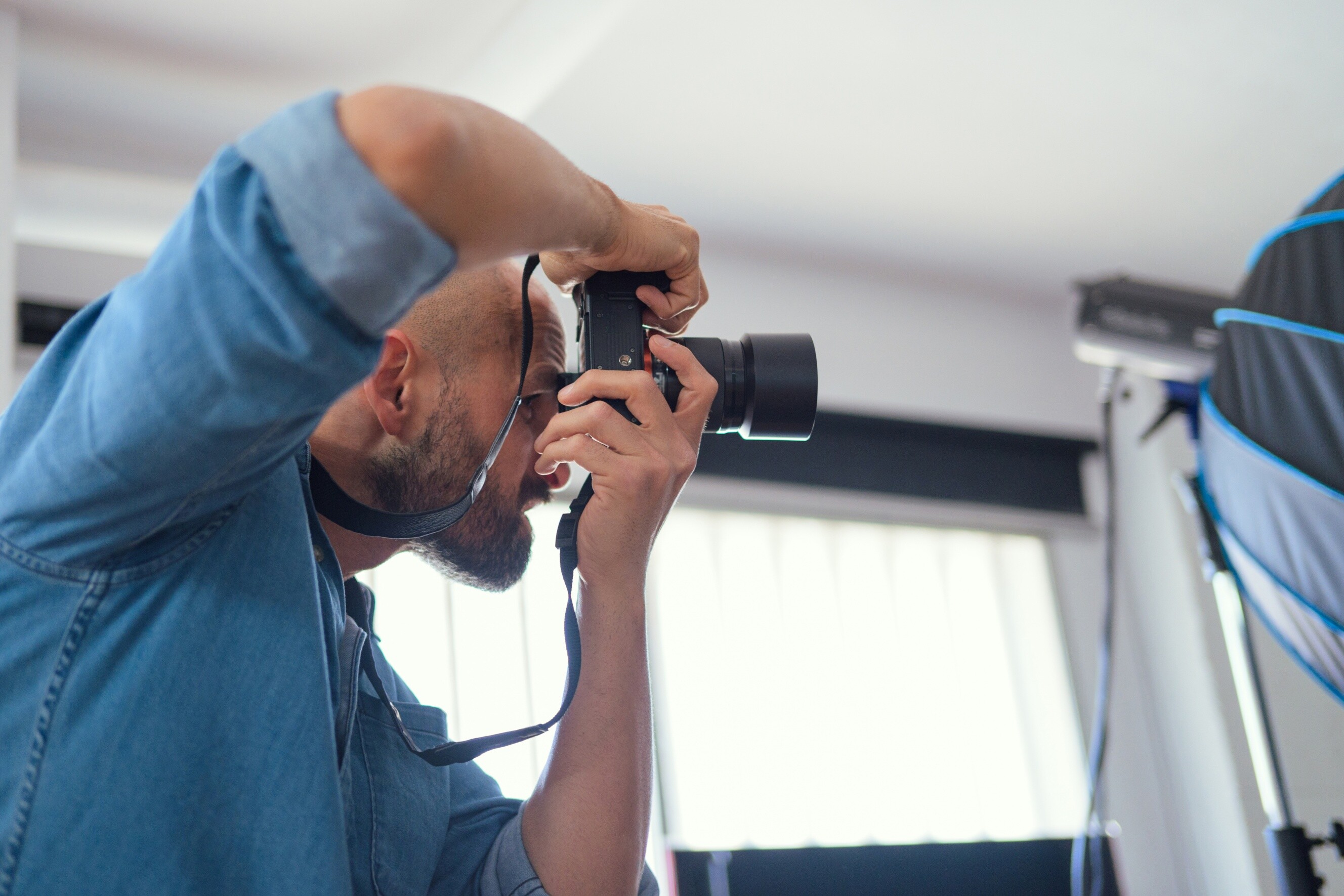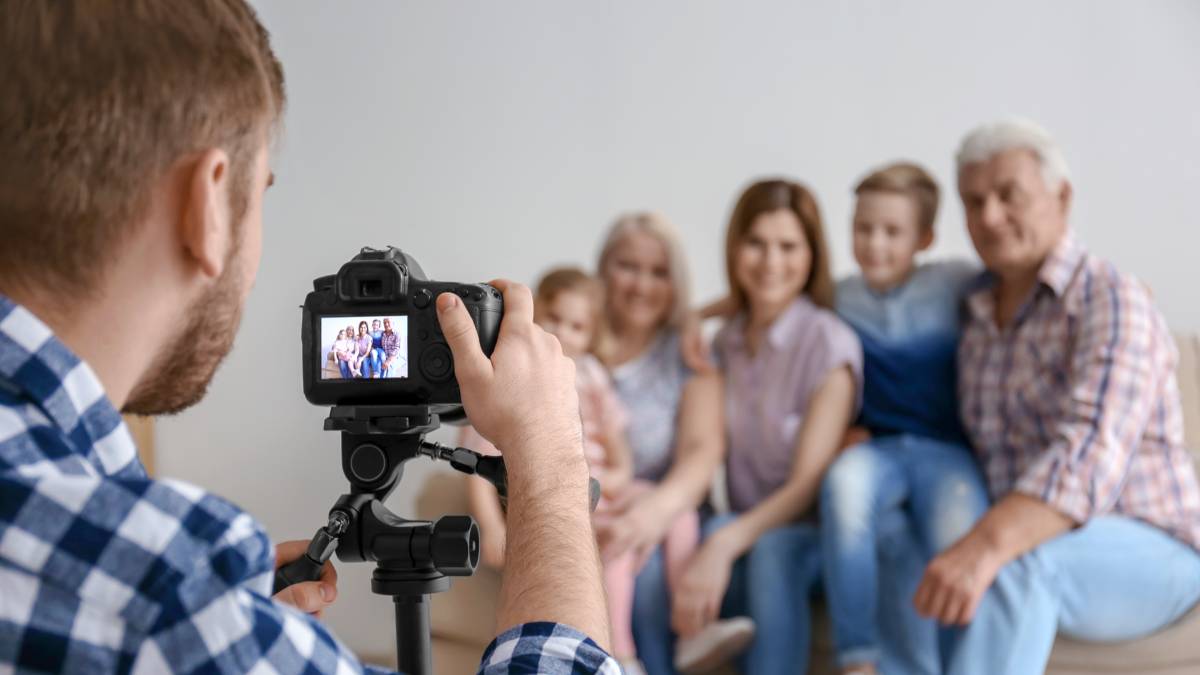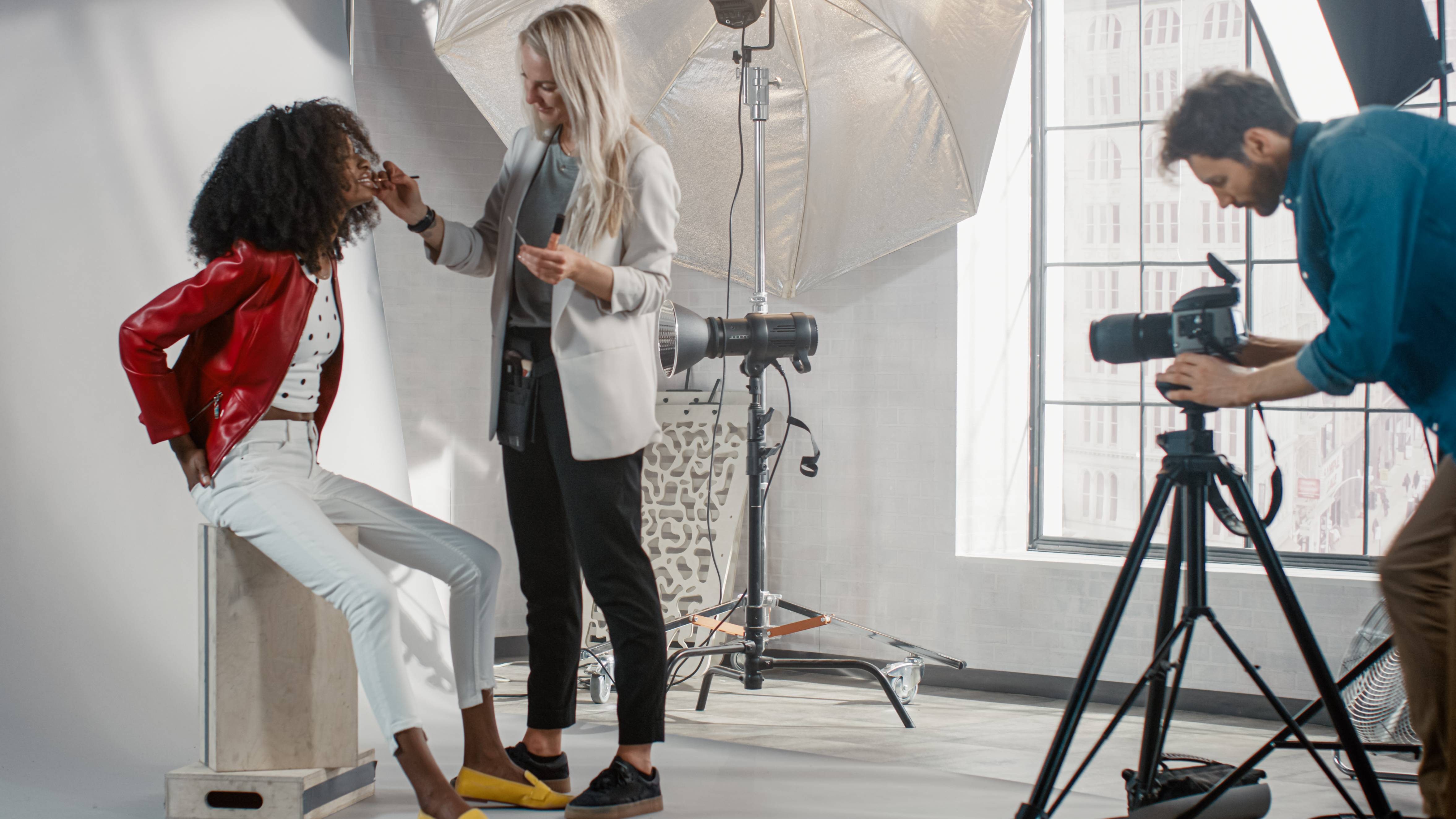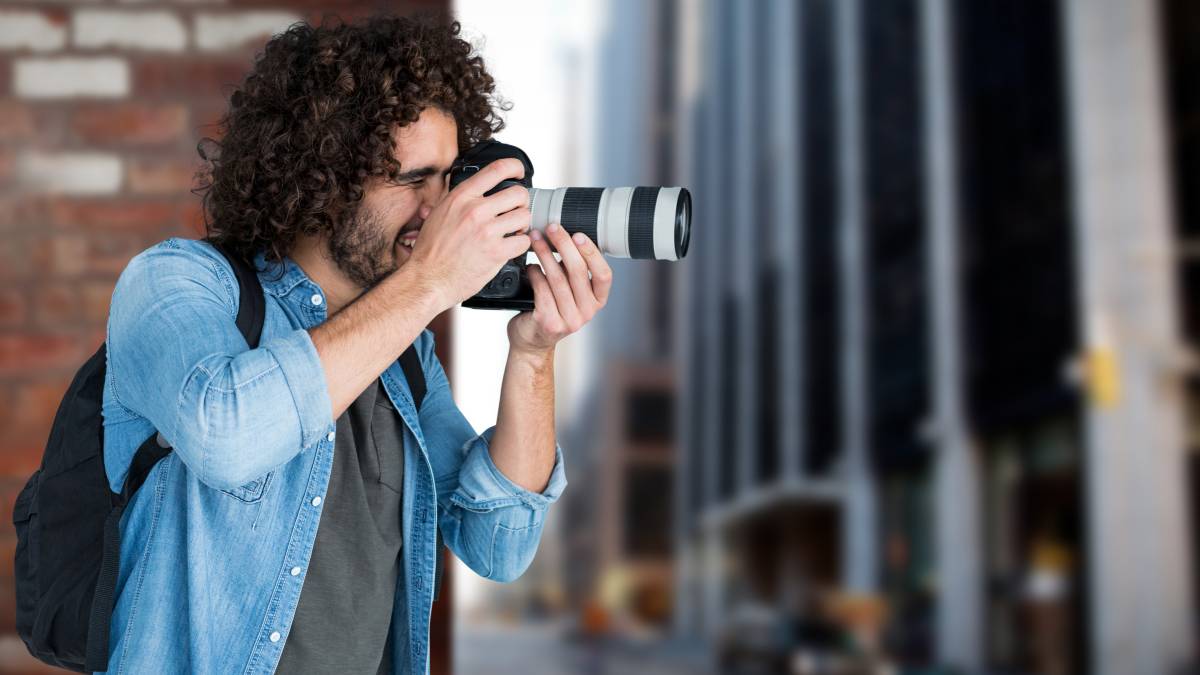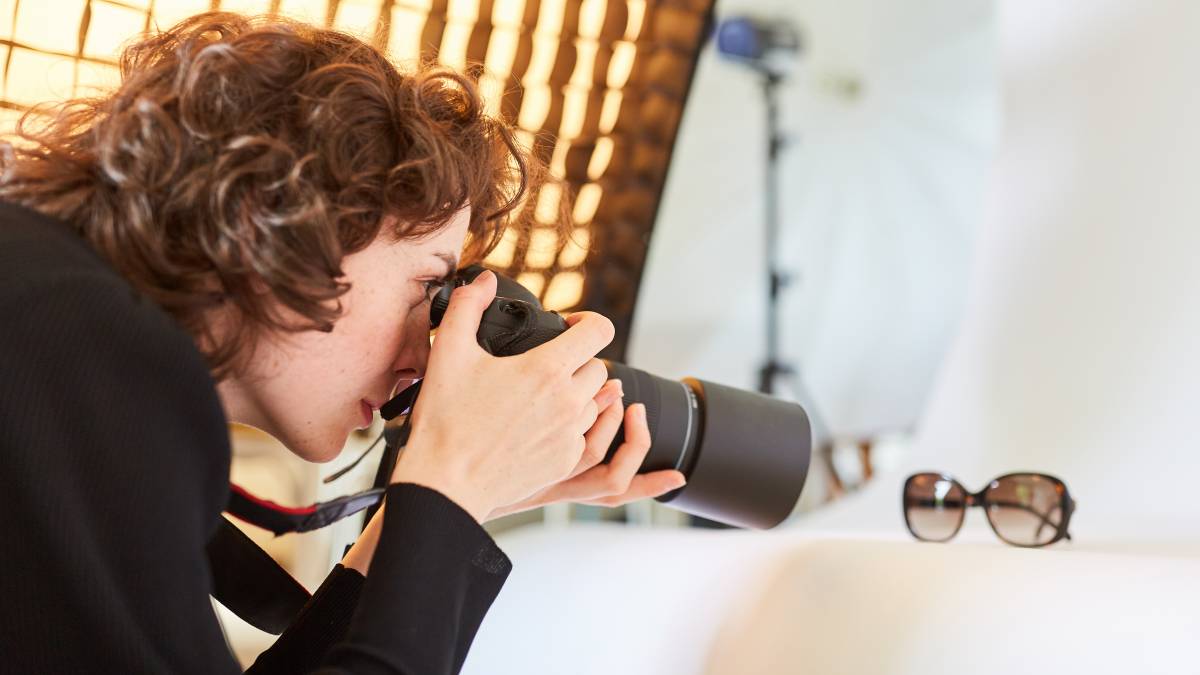- Home/
- Comparisons/
- Portrait Photographers/
- Headshot vs Portrait
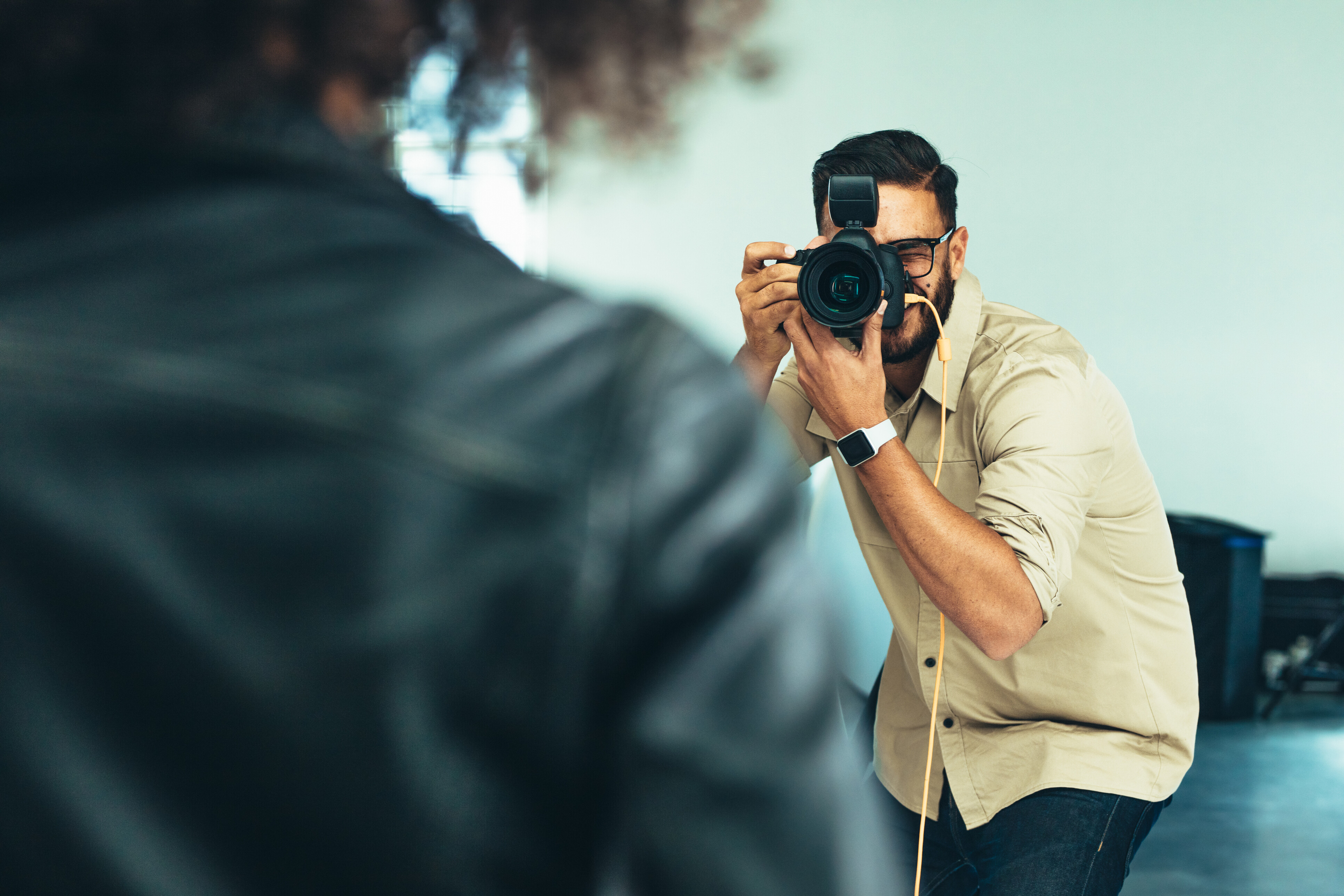
Headshot vs portrait: How do you decide between them?
Comparing headshots and portraits in terms of purpose, framing, composition, and more.
Hire a photographerPublished on

Written by Cielo B.
Staff Writer
Read more about our contributor
Key Facts
A headshot is a close-up photograph that highlights a person’s facial features and expressions. It is typically taken from the shoulders up with a plain background to emphasise the face.
A portrait is a photograph that captures a person’s unique personality and character. It often includes the entire body and surroundings to convey a deeper story about the subject.
When it comes to professional photography, understanding the difference between headshots and portraits is crucial. While both styles focus on the subject’s face, they have distinct purposes. Learn more about headshots vs portraits in this guide to find out which is best for your needs.
What is a headshot?
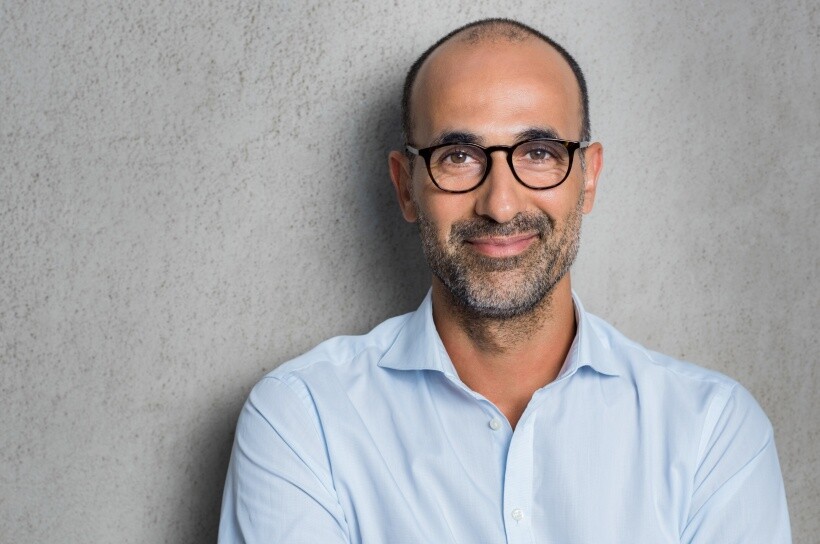 Professional headshot highlighting a confident expression and clear background. (Source: iStock)
Professional headshot highlighting a confident expression and clear background. (Source: iStock)
A headshot is a photograph focusing on a person’s facial features and expressions. The photographer often uses a simple, plain background to emphasise the face.
In headshot photography, many photographers use mirrorless or Digital Single-Lens Reflex (DSLR) cameras with prime lenses because these take clear and sharp photos. However, the prime lens should have a long focal length of 85mm to 135mm to prevent the photographer from getting too close while still capturing the even tiniest facial details.
Focal length is like the zoom feature in a camera. It determines how much one sees through the lens. The higher the focal length, the more zoomed-in or closer the subject appears, whereas a lower focal length gives a wider view, so you may see more of the surroundings.
What is a portrait?
 Bright and casual portrait capturing a relaxed headshot style in a modern office. (Source: iStock)
Bright and casual portrait capturing a relaxed headshot style in a modern office. (Source: iStock)
A portrait is a photograph that captures a person’s quirks or unique features. It aims to dive deep into the subject’s character and life, so you may notice that traditional portraits don’t just focus on the person’s face. The entire body and surroundings can also be captured to tell a story about the subject.
Since portrait photography involves a lot of storytelling, the approach is more artistic, offering more flexibility in setting up the background, camera, and lighting equipment. Mirrorless and DSLR cameras are also often used, but the focal lengths range from 50mm to 135 mm. This versatility allows the portrait photographer to capture a subject’s lifestyle from different angles.
Portrait vs headshot photography: What's the difference?
Here are the key distinctions between portraits and headshots to help you decide which is best for your photoshoot project:
In terms of purpose
The purpose of a headshot is to present the subject on corporate websites, business cards, and professional social media profiles. You can also use professional headshots for acting and modelling gigs. Casting directors and modelling agents use these images to determine whether the auditionee’s appearance suits the role.
On the other hand, portraits are often for artistic and personal photoshoots. Their primary purpose is to capture the subject’s story and personality, so these photos should evoke an emotional response. Specifically, they are ideal for family photoshoots, where the photographer captures the subjects’ mundane lives.
You can also use portraits for social media, blogs, and personal websites. These platforms are more casual, so having an artistic portrait picture is more appropriate than a headshot.
In terms of framing and composition
 Capturing professional headshots with attention to composition and lighting. (Source: iStock)
Capturing professional headshots with attention to composition and lighting. (Source: iStock)
Framing and composition make distinguishing a headshot from a portrait easier. Framing is all about deciding which photographic elements (such as the subject and background) should be included in an image, while composition is how these elements are arranged.
Although both photography styles capture a person’s face, headshots have a tighter crop, focusing on the subject’s facial features. They have a vertical orientation and are cropped around the head and shoulders, which is why many photographers refer to headshots as head-and-shoulders photos.
The composition of a headshot requires the subject to look into the camera and centre their face in the frame. Since headshots are used professionally, they are usually taken by corporate photographers who direct the subject to a more confident and approachable expression.
Meanwhile, portraits entail more flexible framing and composition since they aim to tell a story. They can have a more varied cropping design, from head-and-shoulder shots to full-body styles. Unlike headshots, the subject doesn’t have to be at the centre. Professional portrait photographers make images where the subject is off-centre, following the rule of thirds for more artistry.
In terms of lighting and posing
Since a professional headshot emphasises the subject’s face, photographers use large modifiers like softboxes to produce soft and even lighting. This setup helps minimise the shadows around the face, creating a clean look. The subject can look straight into the camera and slightly tilt their chin for a flattering angle.
Meanwhile, portraits have more dramatic lighting. Portrait photographers could use natural light outdoors to soften the images or lighting gels and coloured lights for special effects. These can make a significant difference during photo printing.
Portrait poses depend on the creative direction of the photoshoot. For example, the subject can lean against the wall with natural light streaming in from a window. This creates interesting shadows, highlighting the subject’s silhouette.
In terms of background setting
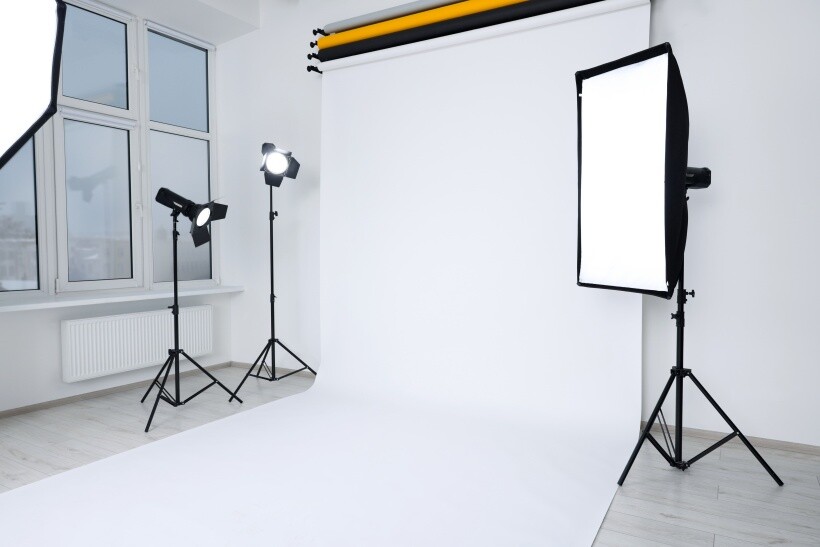 Professional studio lighting and backdrop ready for headshot or portrait photography. (Source: iStock)
Professional studio lighting and backdrop ready for headshot or portrait photography. (Source: iStock)
Headshots require a plain background, usually grey, white, or black. This helps keep the subject’s face as a focal point while producing a clean and professional image.
Headshot photographers often choose indoor studios because they provide plain-coloured backdrops in a controlled environment. Some headshots can be taken outdoors, but the background is blurred to highlight the subject’s face.
In contrast, portraits have more artistic backgrounds to reflect the subject’s personality. Usually, portrait photographers incorporate various embellishments. The photos can be taken in a park, on a beach, or even on the street.
In terms of attire requirements
Preparing your outfit or attire is one of the things to do before a photoshoot. If you choose a headshot, choose corporate dresses, suits, and ties. It could also be anything that would suit your company’s image or individual branding. Just wear something with minimal patterns and subtle textures to keep the focus on your face.
On the other hand, in portrait photography, you have a flexible wardrobe. Feel free to select suits and dresses with bold colours and patterns, but consult the photographer first and see if your outfit matches the theme.
In terms of editing and retouching
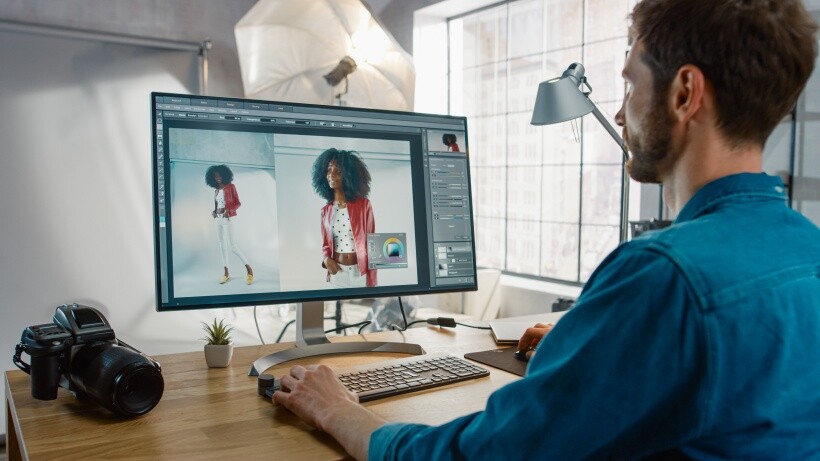 Professional editing of portraits and headshots to enhance clarity and color. (Source: iStock)
Professional editing of portraits and headshots to enhance clarity and color. (Source: iStock)
When it comes to headshots, the edits are subtle, with basic skin retouching such as removing blemishes and evening out the skin tone. Sometimes, the photographer subtly whitens the teeth and eyes.
It’s important not to overdo the edits in headshots because the subject must look natural and confident. This can help them make a good first impression and promote their brand.
On the flip side, portraits allow more edits, like background manipulation and creative colour grading. Some portrait photographers even make the subject’s skin smoother, as if it’s glowing, or more textured to incorporate a cartoonish design.
Find nearby headshot or portrait photographers on Airtasker
Need to have your photos taken by a professional? Find a skilled photographer on Airtasker! Whether you’re after a headshot or a portrait, Taskers can produce high-quality images. They bring the technical expertise needed and can assist with your poses, expressions, and outfit choices to achieve the perfect shot.
Learn more about our contributors

Written by Cielo B.
Staff Writer
Cielo is an experienced content writer who has explored various industries throughout her career. Her expertise, founded on a degree in journalism, includes writing about automotive and vehicle maintenance. She’s an avid car enthusiast who loves driving through lush rural areas with her old (but reliable) manual car. Cielo also covers topics like dressmaking, tailoring, and photography since she is a passionate cosplayer who enjoys dressing up as her beloved anime characters.
Headshot vs portrait photography
Headshot Photography |
Portrait Photography |
|
|---|---|---|
Purpose |
Professional use (e.g., LinkedIn, business cards) |
Artistic and personal use (e.g., family photos, social media) |
Framing and Composition |
Tight crop, head and shoulders, centred face |
Varied cropping, full body to head and shoulders; subject may be off-centre |
Lighting and Posing |
Soft, even lighting; slight chin tilt for flattering angle |
Dramatic lighting, varied posing, often with natural light and creative effects |
Background Setting |
Plain backgrounds (grey, white, black) |
Artistic backgrounds, props, and location-based (e.g., parks, streets) |
Attire Requirements |
Formal clothes, solid colours, minimal patterns |
More freedom with attire, bold colours and patterns; earth tones are safe |
Editing and Retouching |
Subtle edits (blemish removal, minor enhancements) |
Creative edits (background manipulation, artistic colour grading, skin effects) |
FAQs on headshot and portrait photography
The orientation of the way you hold the camera is the main difference between portrait and landscape modes. Portrait mode requires you to hold the camera vertically for headshots and full pictures of people and tall subjects like skyscrapers and trees. Meanwhile, landscape mode entails holding the camera horizontally. It allows you to capture expansive cityscapes and natural scenery.
In Australia, hiring a photographer costs $40 to $2,000. The average price range for headshots is typically between $60 and $200, while basic portraits generally cost $250 to $750. The price increases for candid event portraits with your family or friends, from $250 to $1,000.
Traditionally, headshots focus on the head and shoulders. However, they can be full-body, depending on industry needs. For instance, if a modelling company needs a complete view of your physique, you can request a full-body headshot. As long as it professionally showcases your face, it’s considered a headshot.
Find portrait photographers, fast
Post a task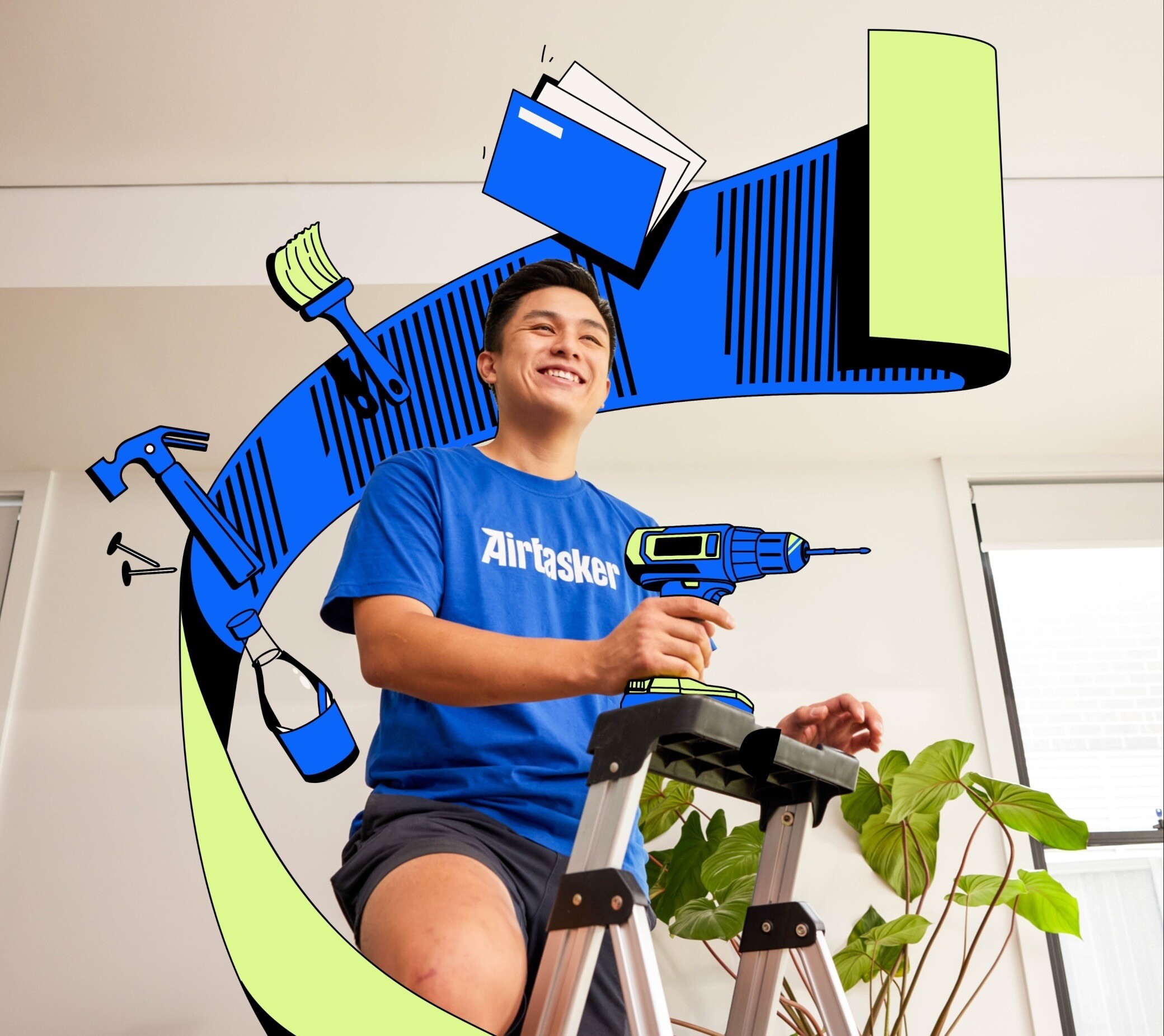
Related articles
Related price pages
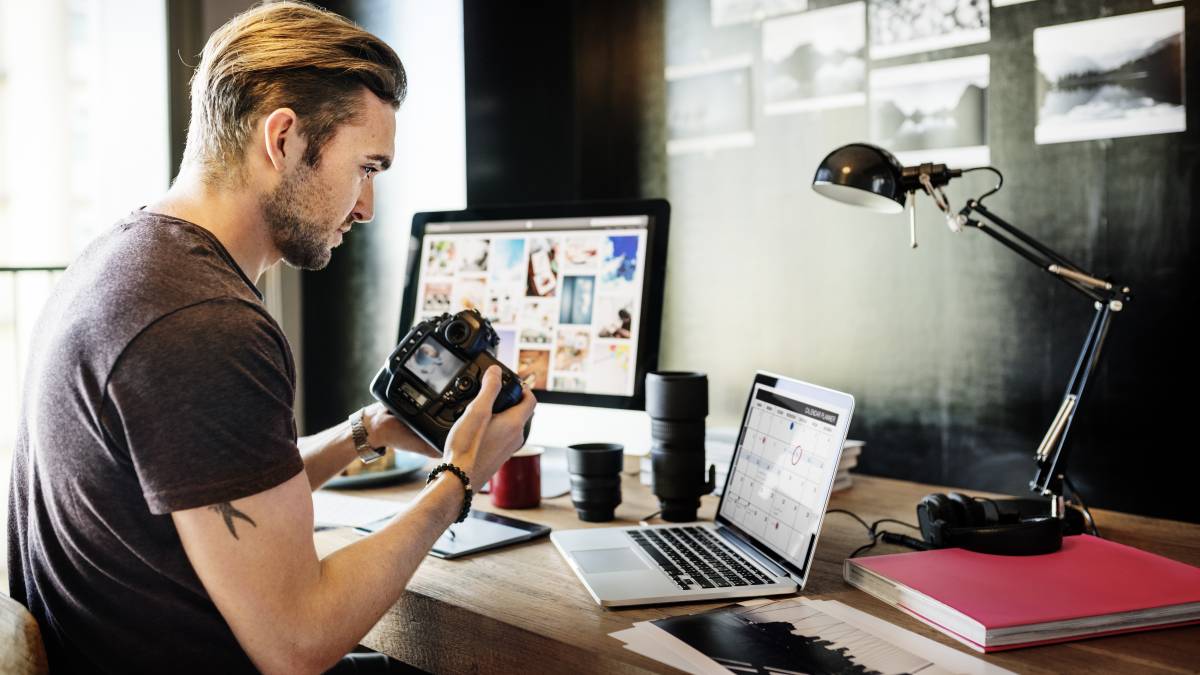
How much do photographers charge?
Read more
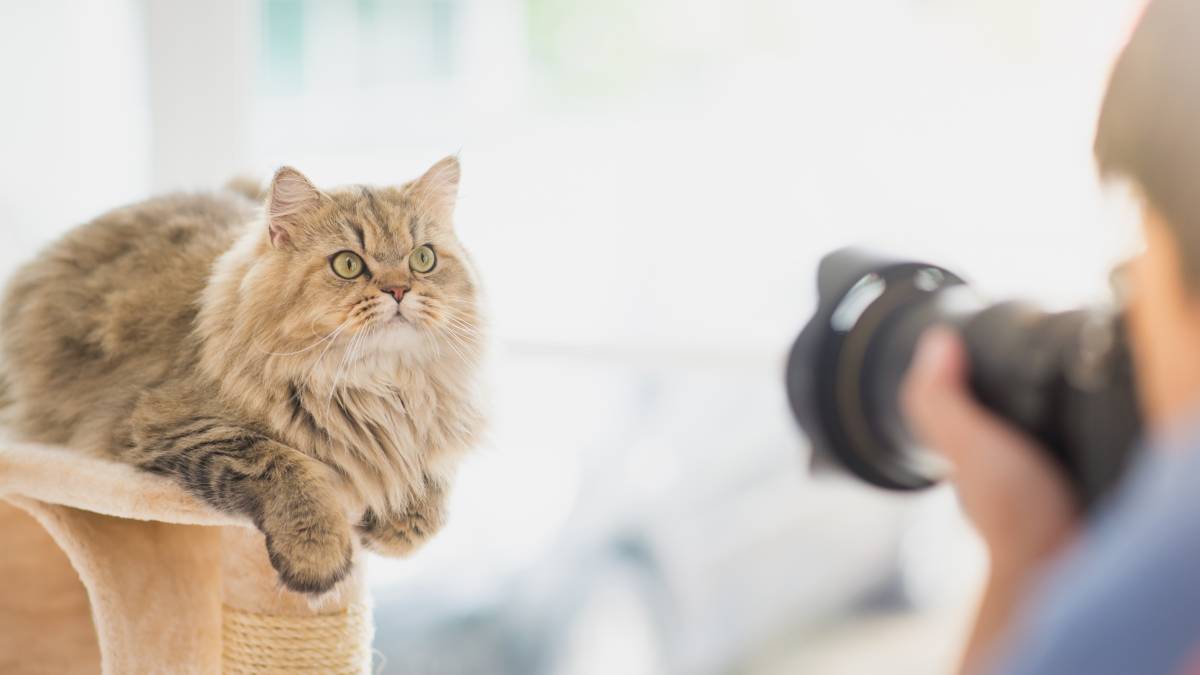
How much does pet photography cost?
Read more
